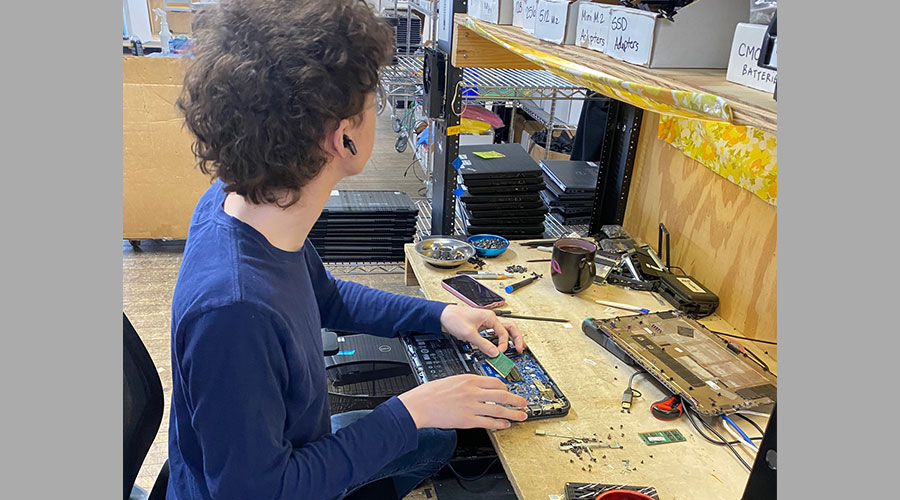Measurement And Verification Requires Close Attention To Be Successful Part Of Green Building Initiatives
According to Paul Tseng of Advanced Building Performance, measurement and verification requires careful and constant attention to ensure success. He says that, in his experience, when there is no follow-through on the part of the owner and no personal investment on the part of the operator, the advantages of any green building initiative, including M&V, can be scuttled. In fact some operators are afraid of M&V, perhaps afraid of "airing dirty laundry." Additionally, if the project is a speculative office building, most of the energy costs are a pass-through, so operators may wonder why they should bother?
However, Tseng says he believes that M&V is very important and offers three tips for carrying it out cost-effectively:
1. Ask the building engineer to use the building automation system to provide 3- or 7-day trends (or longer) during both occupied and unoccupied periods.
2. If possible, obtain hourly, daily, weekly, and monthly demand and consumption data (kW and kWh) at the building level. This is often obtainable from the utility company.
3. Study the data and check for anomalies and unexpected energy use. The actual measures taken will be based on the operations of the individual building. Use this data to tweak and possibly fix systems.
Don't Get Fancy
Gerald Kettler of Facility Performance Associates says he agrees that watching trend logs on a daily basis is very useful to identify unexpected anomalies. His suggestion: Don't get fancy. In some places, the utility provides "smart" meters that provide 15-minute intervals. You can usually obtain both consumption and demand data either in real time or a day late. He suggests an even simpler way to observe usage: Look at your utility bills and enter the values in a spreadsheet prior to passing it on to the accountant for payment. If the information is graphed over a period of time, you can see if the building is performing as expected.
While a building automation system doesn't measure power, it can be used for M&V if temperatures, operating times, and other factors are monitored and trend logs are maintained. Also, there are simple metering devices that can be clamped onto panels or that can measure how lighting operates — does it turn on and off as it is supposed to on a daily basis?
Kettler says that submetering is useful as well, but one has to be smart about it, especially on large buildings where such metering can become quite complex. Metering needs to be considered early in the building design to make sure similar end uses, such as lighting and lighting controls, are properly grouped together to make measurement easy. Any specialty use, such as a data center, should have its own meter.
Related Topics:














